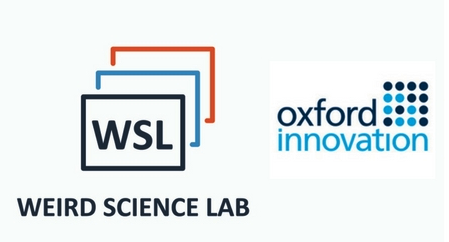Feb 23rd 2022 - Paola Santana, Founder and CEO of GLASS in conversation with Ravi Belani -as part of the Stanford eCorner and ETL (Entrepreneurial Thought Leaders) initiatives- discuss how businesses driving radical change should operate. Their discussion raised important points about how impact-driven enterprises can solve global issues, but also how to navigate this pursuit.
For all the founders that actually want to go after deep change, it’s important to know how to navigate this pursuit. For smaller companies, the path that they will embark on is different from that of a classic Silicon Valley-type startup: using an existing software stack and identifying a very tactical problem is the traditional approach often used by such startups, but it does not apply well to enterprises outside of this tech space. Generally speaking, it is easy to get their product to market, and most of them only solve short-term problems. But if you are after long-term change, there is no regular framework to operate within; for example, Paola Santana identified the growing need for drones, yet no traditional framework existed to guide the development of her idea. Santana identified a crucial step imperative to all impact-driven businesses aspiring to succeed: the need to create networks.
Do The Work
Creating a network, says Santana, is much needed before these applications can be fulfilled. Long term, deep change enterprises need infrastructure and platforms that support their mission, and having weak foundations is a real threat. From the early day, founders were encouraged to focus on marketing and brand-building, but what about those who are nurturing ambitious ventures? The answer: do the work. Instead of focusing on marketing or manically on the problem at hand, be close to the problem and follow the clients. Withdraw your focus from your own goals and intentions, and put yourself in your client’s position; what do they want? To truly understand the problem at hand, you particularly have to get close to those who have been frustrated, a.k.a. the skeptics of the solution you bring. Comprehending their apprehensions will provide a bigger picture from which you can make the necessary adjustments to improve the feasibility of your product.
Perfectly Imperfect
The perfect plan does not always work, nor should they; when Santana arrived on-site in Bhutan and Papua New Guinea, she noted that her ‘perfect’ surveys and interviews became of little importance. ‘The perfect plans were not important anymore’ she said. The first thing you need to, as mentioned above, is understanding the needs and concerns of your clients with regards to the issue you are tackling.
Can People Find You?
From Santana’s experience, participating in a TED talk event gave her business a platform that allowed the likes of UNICEF and the Bhutanese government to discover GLASS. It is imperative to all industries, most pertinently in fundraising initiatives, to make themselves known.
Educate Yourself
Ultimately, this is the crux of the issue. Learn about the problem at hand, about what you are actually doing and striving to achieve, then solve the problem very closely by doing very fast proof of concepts. True answers stem from the source, so get onsite; it is not about talking on the phone or over Zoom, truly understanding the problem requires immersion. Go wherever you can with rudimentary technology and think critically; some research requires expensive and inaccessible technologies, but is not crucial when identifying an issue and educating yourself about it.
Making Education Accessible: the WSL Mission
At WSL we are striving to democratise STEM education through the adaptation of current VR and AR technologies. With a global economy that is increasingly dependent on STEM-qualified people, democratisation and revolution of STEM education is imperative. By adopting the advanced Augmented and Virtual Reality (AR, VR) technologies found in computer games and other commercial applications, Weird Science Lab provides educators with the tools to revolutionise STEM pedagogy. AR and VR-enhanced curriculums provide a cost-effective, interactive, and immersive learning experience that goes beyond the traditional textbook approach and the physical constraints of a laboratory. Through Santana’s advice detailed above, we are striving to attain systematic change differently.
Here at WSL, we are creating change that will shift the system forward. We are tackling the inequality of STEM education from the ‘tail’- through establishing AR and VR technologies as educational tools to revolutionise the learning of Science, Technology, Engineering, and Mathematics.

